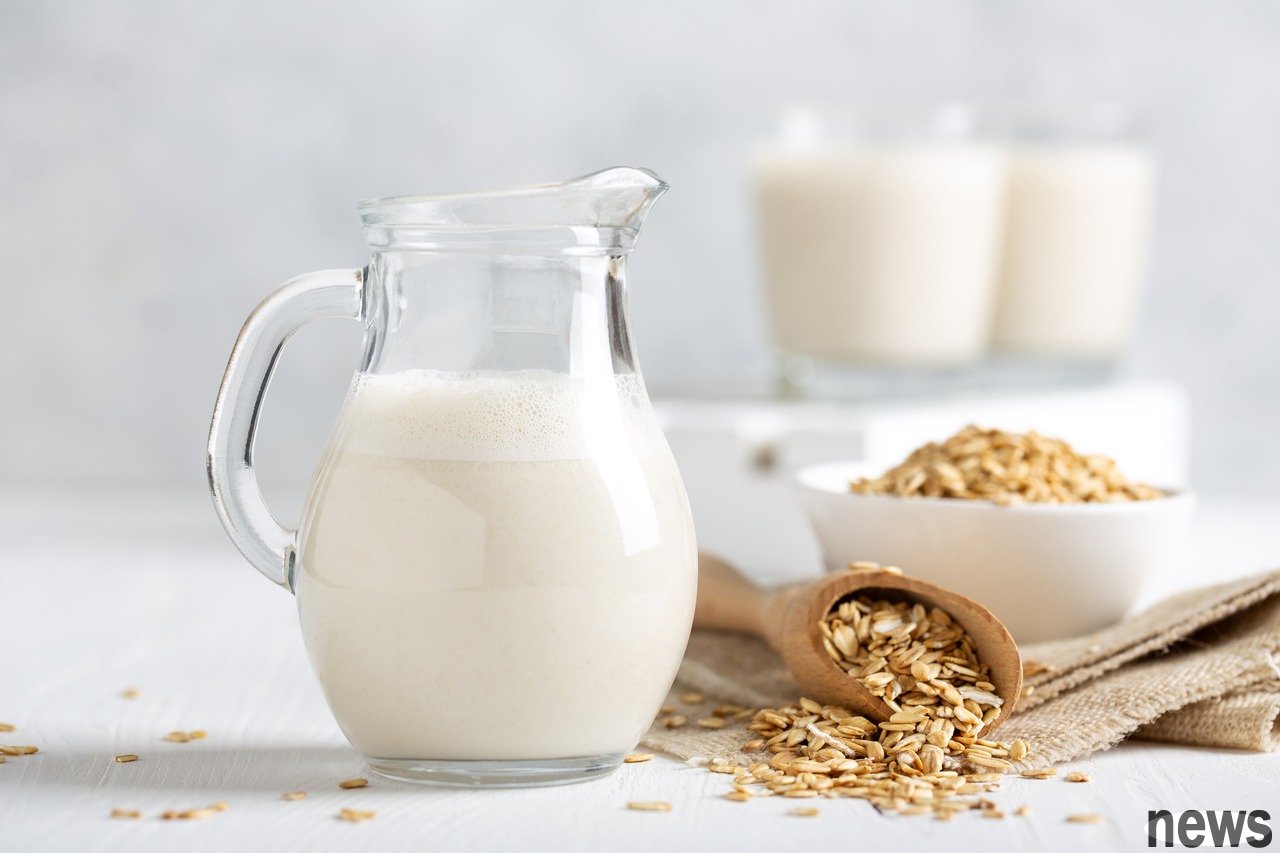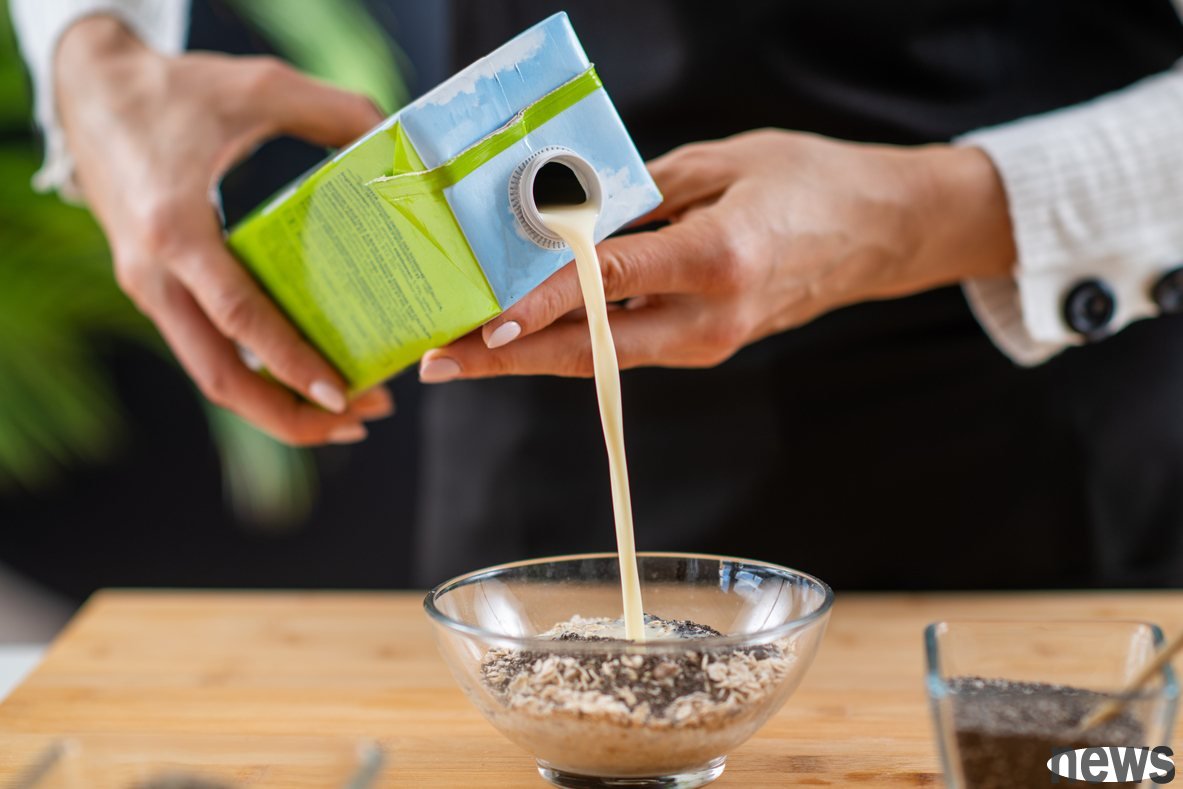
In recent years, there has been a trend of plant milk all over the world. Many cafes have also launched milk substitutes such as oat milk and soy milk. People who are accustomed to drinking milk have begun to notice that there are more drink choices. From the perspective of health and nutrition, what is the difference between oat milk and milk?
Prevention compiled the opinions of nutritionists in the article and compared the key nutritional differences between milk, oat milk and other plant milks to help people make choices in their daily diet.
Protein ratioOat milk has a smooth taste and is one of the most popular plant milks. It is also very suitable for people with nut or soy allergies. However, compared to a cup (about 250ml) of milk, which contains 8 grams of protein, the protein content of oat milk is much lower than that of cow's milk. The protein content of a cup of oat milk is only 2 to 3 grams.
Other plant milks such as almond milk and rice milk are 0 to 2 grams; cashew milk is about 1 to 2 grams; a cup of soy milk can supplement 7 to 12 grams of protein. Nutritionists say that consuming 20 to 30 grams of protein with meals can increase satiety after meals and help maintain and grow muscles.
Is oat milk high GI or low GI?Many people who are losing weight, exercising or controlling blood sugar will pay attention to the "glycemic index (GI value)" of food. The higher the GI value of the food, the faster the blood sugar will rise. Foods with an index of over 70 are usually considered high GI foods.
The glycemic index of oat milk varies by brand. Some brands of oat milk have a glycemic index of as high as 69, which is higher than milk and soy milk. This is because enzymes are often added to the oat milk production process to break down starch and convert the starch structure into small molecules of maltose. The glycemic index of maltose is 105. People with type 2 diabetes or those who need to control blood sugar should pay special attention.
The nutritional value of oat milkEach cup of oat milk contains about 2 grams of dietary fiber, which is similar to the content of other plant milks. It can supplement fiber more than milk. In particular, oat milk contains precious "β-glucan" water-soluble dietary fiber, which is believed to lower bad cholesterol, activate immune cells, and help the immune system fight off invaders.
In addition, many oat milk products are added with vitamins and minerals. Common ones include vitamin B complex, which can regulate physiological functions such as the nervous system, immune system, and metabolism, as well as calcium and vitamin D, which can strengthen bones.

Nutritionists explain that the two are not suitable for comparison together, because compared to the ingredients of whole milk, which are almost the same, the formulas and ingredients of different brands of commercially available oat milk and plant milk are very different. Some retain fiber, while others do not, or some manufacturers add sugar and oil, and some add vitamins and minerals, etc.
Generally speaking, there is no healthier statement, but we can know that: milk is richer in protein than oat milk, while oat milk has lower saturated fat content and higher GI value. People can choose according to their own needs, but no matter which one, it is best to avoid products containing artificial additives such as sugar and spices.
